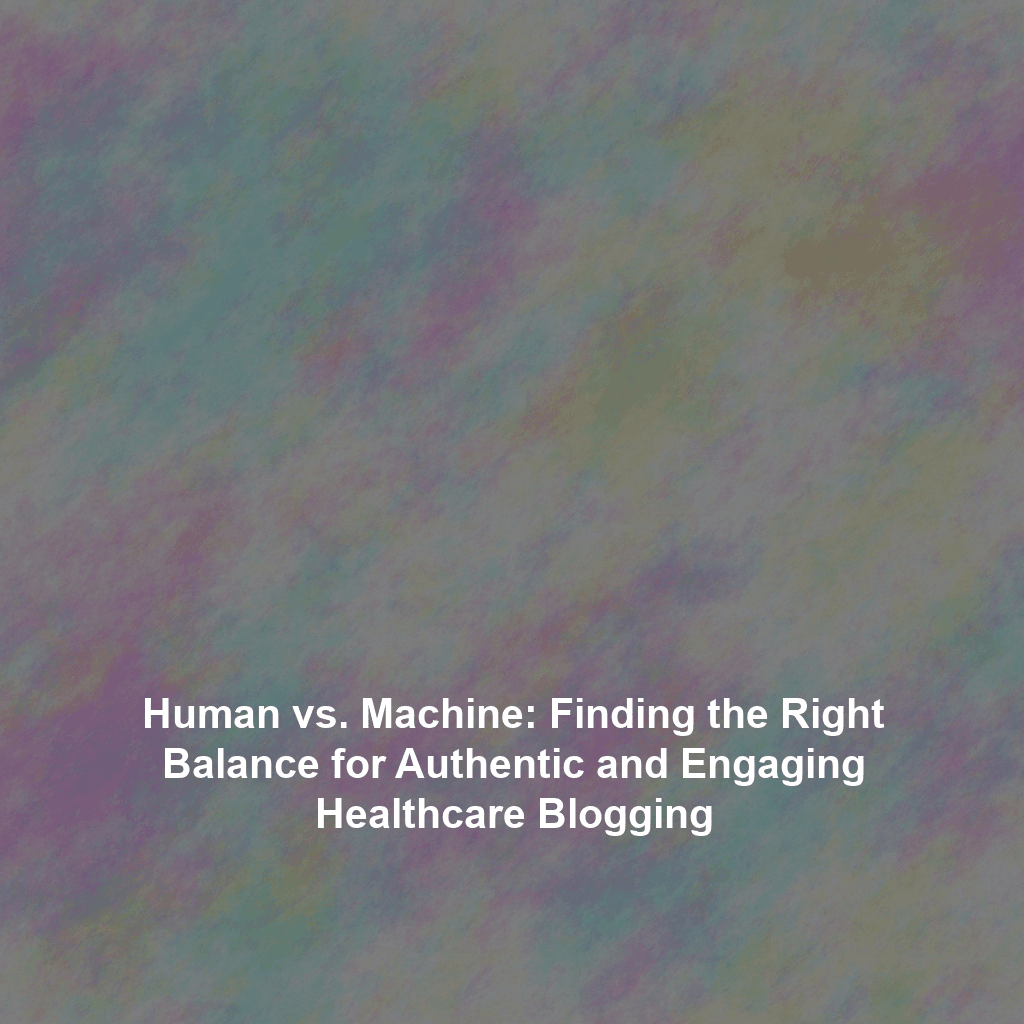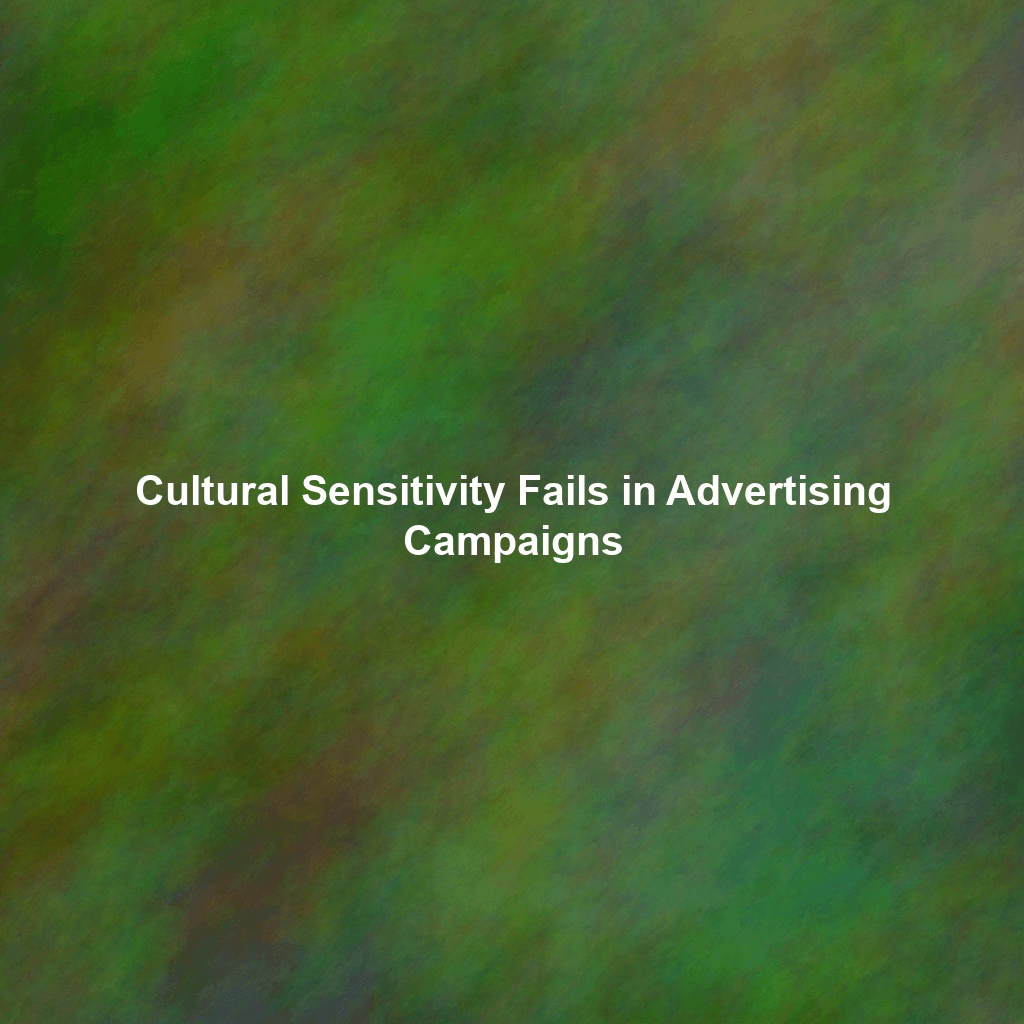Healthcare blogging is undergoing a significant transformation. As patients become increasingly proactive in managing their health, the demand for accessible, accurate, and engaging online health information is soaring. This has led to the exploration of innovative solutions, most notably the integration of Artificial Intelligence (AI) into content creation. But can AI truly replace the human touch in crafting empathetic and trustworthy healthcare narratives? This article delves into the evolving roles of human writers and AI tools, exploring how a collaborative approach can unlock the full potential of healthcare blogging.
The Evolving Landscape of Healthcare Content Creation
For years, healthcare content was primarily driven by medical professionals and seasoned writers translating complex information into understandable language. However, the digital age demands more. Patients seek personalized experiences, relatable stories, and a sense of connection with the content they consume. This shift necessitates a reimagining of the content creation process, one that leverages both the power of human understanding and the efficiency of AI.
The Strengths of the Human Touch
Human writers bring invaluable qualities to the table: empathy, personal experience, and the ability to craft compelling narratives. When a writer has personally navigated a health challenge or has witnessed the impact of a disease on loved ones, they can infuse their writing with genuine emotion and understanding. This resonates deeply with readers seeking reassurance and validation. Moreover, humans excel at critical thinking, nuance, and adapting to complex ethical considerations that often arise in healthcare discussions.
Consider a blog post about managing anxiety. A human writer can draw upon personal experiences with anxiety, sharing practical coping mechanisms and fostering a sense of solidarity with readers. They can also address the emotional complexities of anxiety in a way that AI currently struggles to replicate.
The Power of AI in Healthcare Content
AI tools offer unparalleled efficiency and data analysis capabilities. They can quickly research vast amounts of medical literature, identify trending health topics, and optimize content for search engines. AI can also assist with tasks such as generating outlines, proofreading articles, and translating content into multiple languages, thereby expanding the reach of valuable health information.
Imagine needing to understand the latest research on a specific cancer treatment. AI can rapidly sift through countless scientific publications, summarizing key findings and identifying relevant studies. This information can then be used to create accurate and up-to-date blog posts that empower patients to make informed decisions.
Finding the Right Balance: A Collaborative Model
The future of healthcare blogging lies not in pitting human writers against AI, but in fostering a collaborative partnership. By combining the strengths of both approaches, we can create content that is both informative and engaging, accurate and empathetic.
AI Augmenting Human Creativity
In this model, AI serves as a powerful assistant to human writers. It can handle the time-consuming tasks of research, data analysis, and SEO optimization, freeing up writers to focus on crafting compelling narratives, adding personal insights, and ensuring ethical considerations are addressed. For example, AI can identify relevant keywords and suggest content structures, while the human writer can then use their expertise to tailor the content to the specific needs and concerns of the target audience.
Ensuring Authenticity and Trust
It’s crucial to maintain transparency about the use of AI in content creation. While AI can assist with research and drafting, the final content should always be reviewed and edited by a human writer to ensure accuracy, clarity, and adherence to ethical guidelines. Furthermore, it’s essential to prioritize the patient’s perspective and to avoid relying solely on AI-generated content that lacks empathy and personal connection.
Building Meaningful Connections
The ultimate goal of healthcare blogging is to build trust and foster meaningful connections with patients. This requires creating content that is not only informative but also relatable, accessible, and empathetic. By combining the efficiency of AI with the human touch, we can achieve this goal and empower patients to take control of their health.
Examples of Successful Human-AI Collaboration
Here are a few potential scenarios demonstrating successful collaboration:
- Personalized Health Plans: AI analyzes a patient’s medical history and lifestyle data, providing a framework. A human writer then tailors the plan with specific advice and motivational strategies.
- Symptom Checker Content: AI drafts initial content based on medical databases. A doctor reviews and edits to ensure accuracy and includes warnings about self-diagnosis.
- Disease Awareness Campaigns: AI identifies relevant statistics and research. A patient advocate adds personal stories and insights to connect with readers on an emotional level.
Conclusion: Embracing the Future of Healthcare Blogging
The future of healthcare blogging is bright, but it requires a thoughtful and strategic approach. By embracing the power of AI while preserving the essential human elements of empathy, authenticity, and critical thinking, we can create content that truly educates, empowers, and connects with patients. The key lies in finding the right balance, where AI augments human creativity to produce high-quality, patient-centered content that builds trust and fosters meaningful connections. As we navigate this evolving landscape, let’s remember that the ultimate goal is to improve patient outcomes and promote a healthier world.


